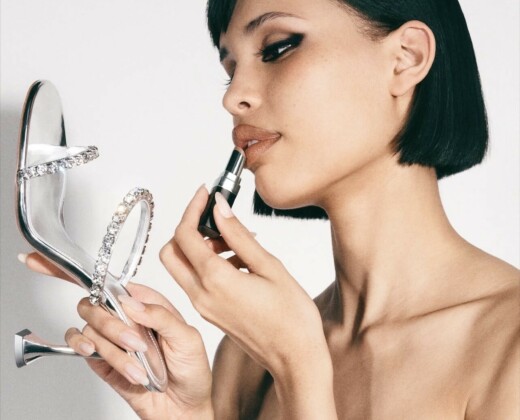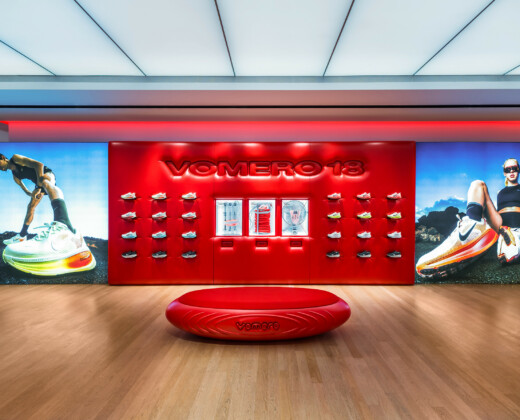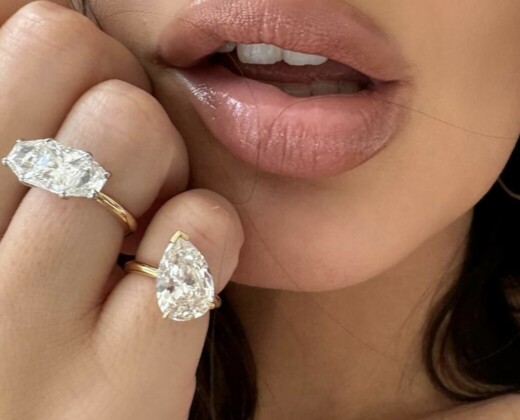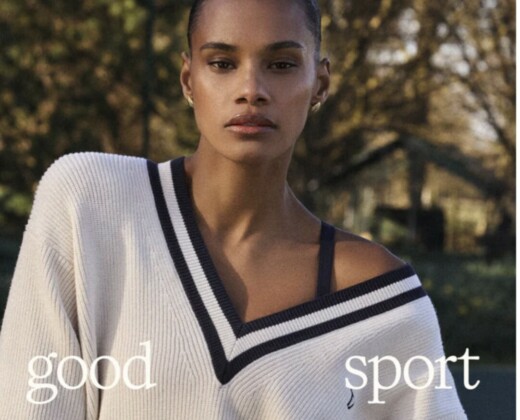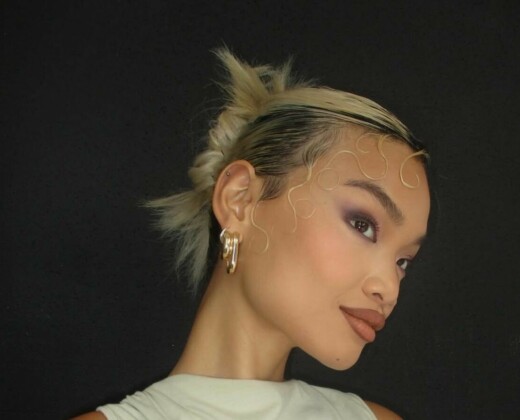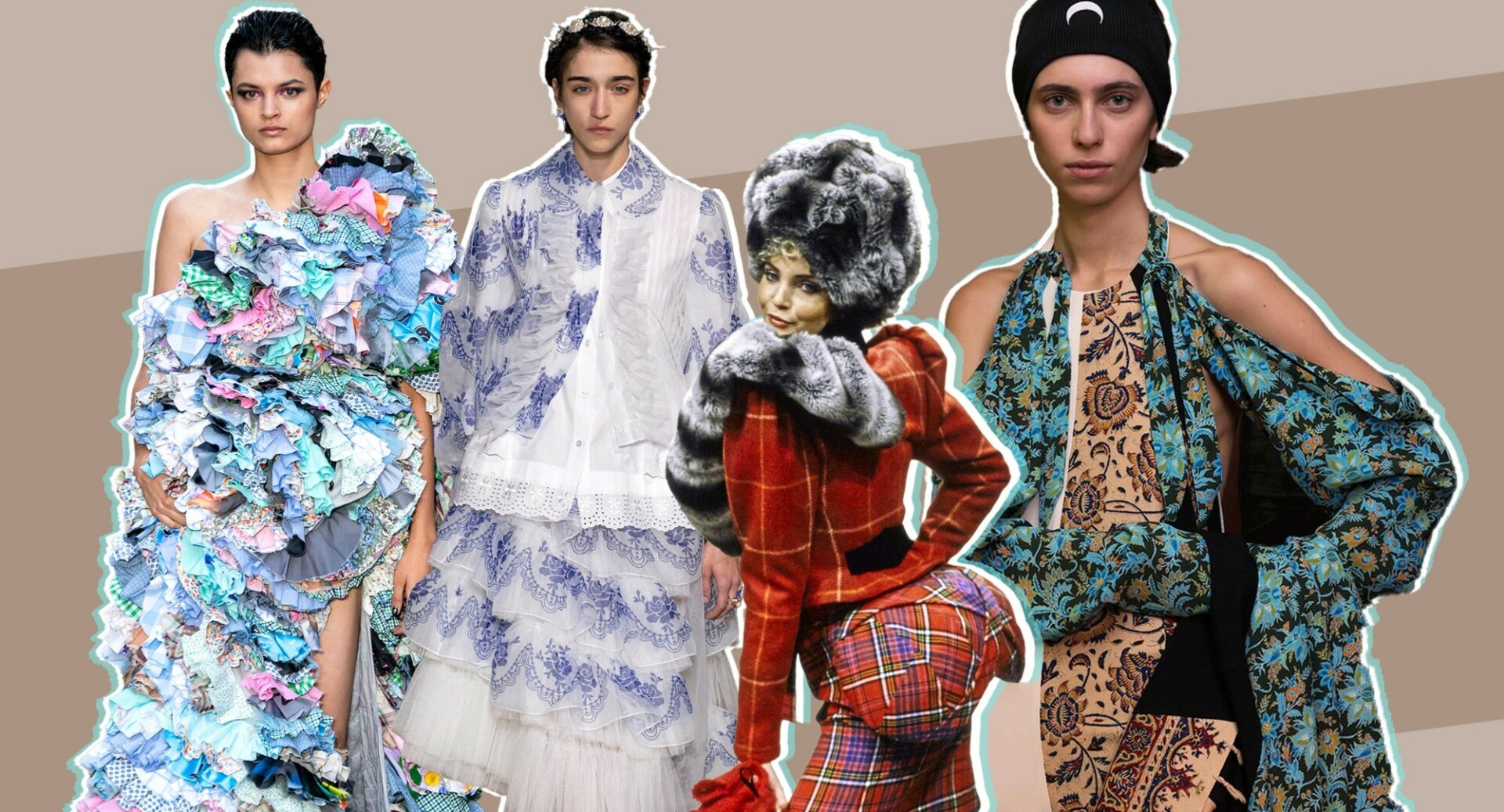
The Fashion Industry is full to the brim of incredible innovators, creators and boundary breakers. Celebrating International Women’s Day, Voir Fashion pays homage to the fresh, bold, daring women that are powerfully leading the industry. The catalysts of progression, these women are making great strides, raising the standards and breaking through ceilings. From the architects of punk fashion to the authors of a new, re-defined femininity, there’s a lot to be celebrated.
Marine Serre
Blurring the lines between sportswear and high fashion, enter Marine Serre. In 2017, Serre became the youngest designer at the time to pick up an LVMH Award. Serre debuted at Paris Fashion Week in 2018, consistently appearing since and often using recycled fabrics for her silhouettes. This is really an embodiment of Serre’s futuristic vision, as the forward-thinking, environmentally conscious designs in Serre’s ‘Green Line’ collection were comprised of 50% recycled materials including bedsheets and jeans. In addition, Serre’s work is never shy of making a social or political statement. Serre’s ‘emblem’, the crescent moon, was featured in her winning LVMH collection (titled ‘Radical Call for Love’), and is a commentary on a fast-metamorphosing Europe, migration, immigration, and national identity – the crescent moon is drawn from the Turkish and old Soviet flags. Notable designs from Serre’s past collections include a key fob embellished black opera coat (Spring 2019), and the frayed hem dress constructed of Byzantine floral patterns, paired with a crescent brooch atop a black headband (Spring 2018), and, of course, the celestial patterned nude bodysuit featured in the 2021 Fall Collection.
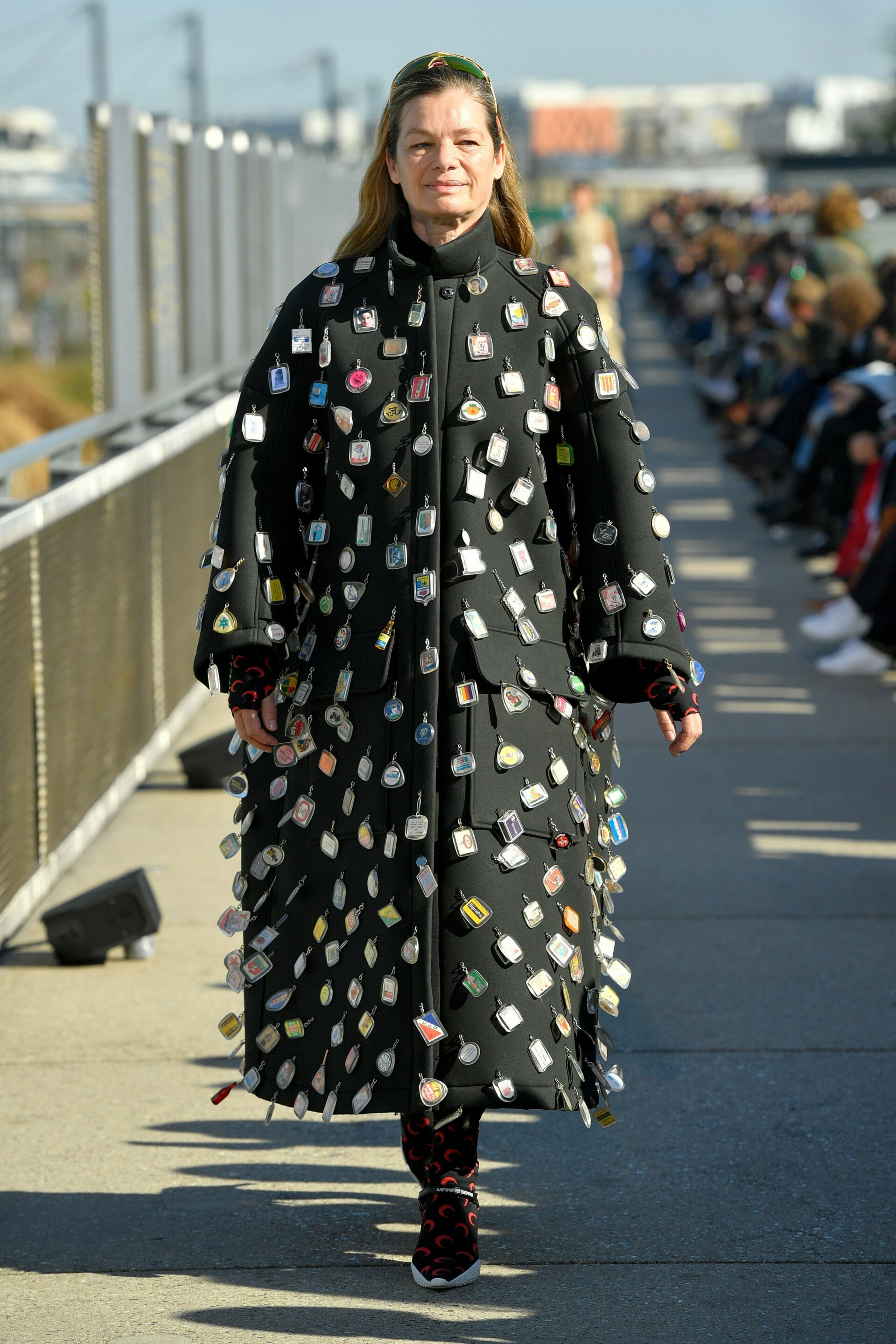
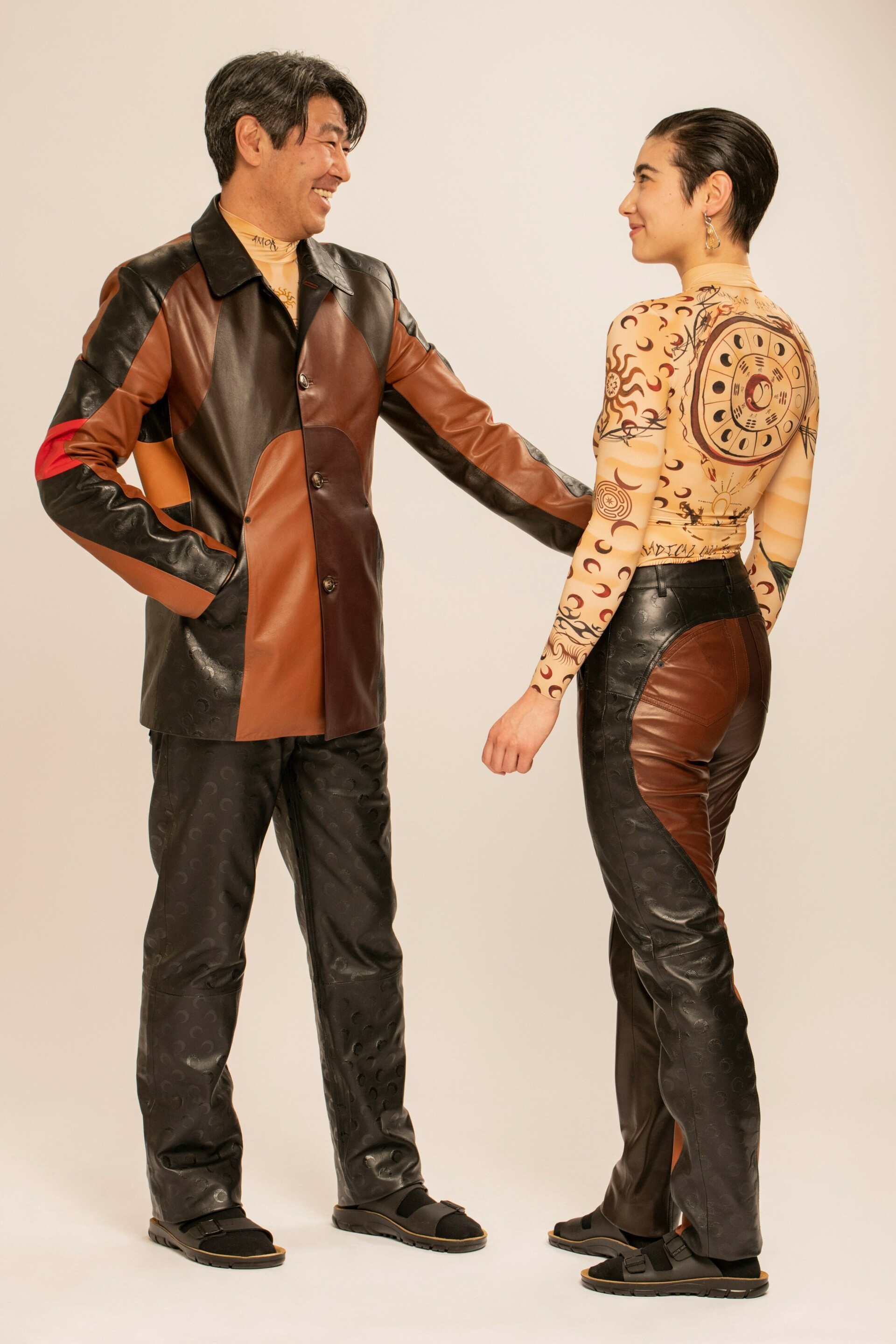
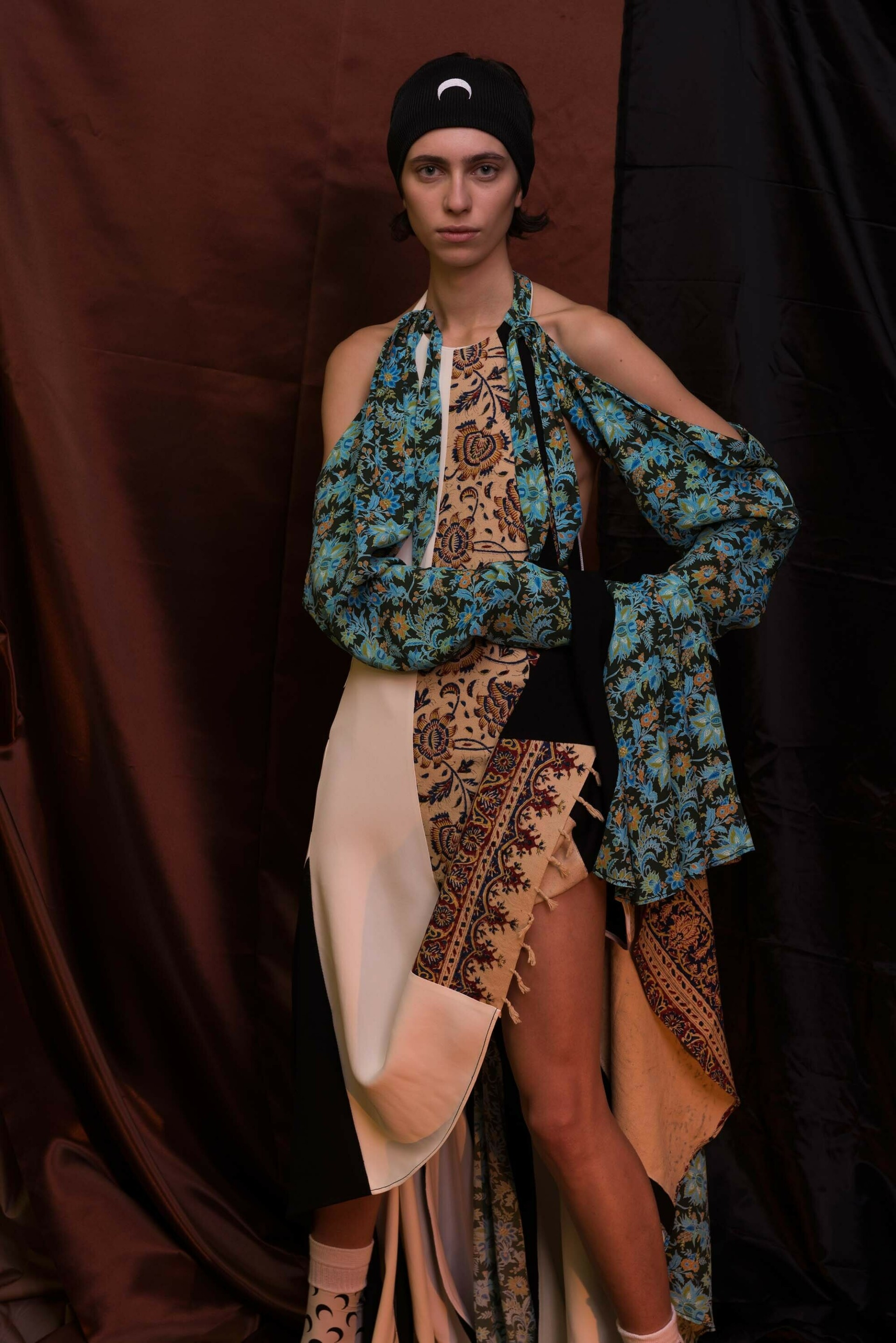
Aurora James
Even ‘progressive’ or ‘influential’ doesn’t quite cover the impact made by Aurora James yet. James is the founder and creative director of Brother Vellies, which handcrafts handbags and shoes in Ethiopia, South Africa, Morocco and Kenya. The label was founded in 2013, and strives to retain and maintain traditional African crafting techniques in each beautiful collection. James founded the 15 Percent Pledge, which encourages companies to dedicate at least 15% of their shelf space to Black-owned businesses, given that 15% of the US’s population is made up of Black people. This was a hugely progressive step, as Sephora became the first publicly announced company to join the pledge. For James, Brother Vellies was based on taking the ‘Vellie’ shoe, which is a traditional African shoe, (described by James as the ‘prototypical desert boot’) and to add a contemporary twist. This vision of James’ has, however, vastly grown, as Brother Vellies has expanded into creating heels and sandals, loafers, mules, and even a Bodega of home and lifestyle products. James’ designs make use of natural materials to create fanciful flourishes such as madras bows and pompoms. Brother Vellies’ designs are often adorned in bright pinks, yellows, oranges, and silvers, an artistic celebration of James’ crafters. Favourites from Brother Vellies designs include the 2020 Boots featuring a dark brown and cream shearing which display a Yin Yang symbol – a reminder of the good still yet to come despite the bad in 2020. Another favourite, Brother Vellies’ signature billfold bag, the Lijadu Billfold, named after the Lijadu sisters.
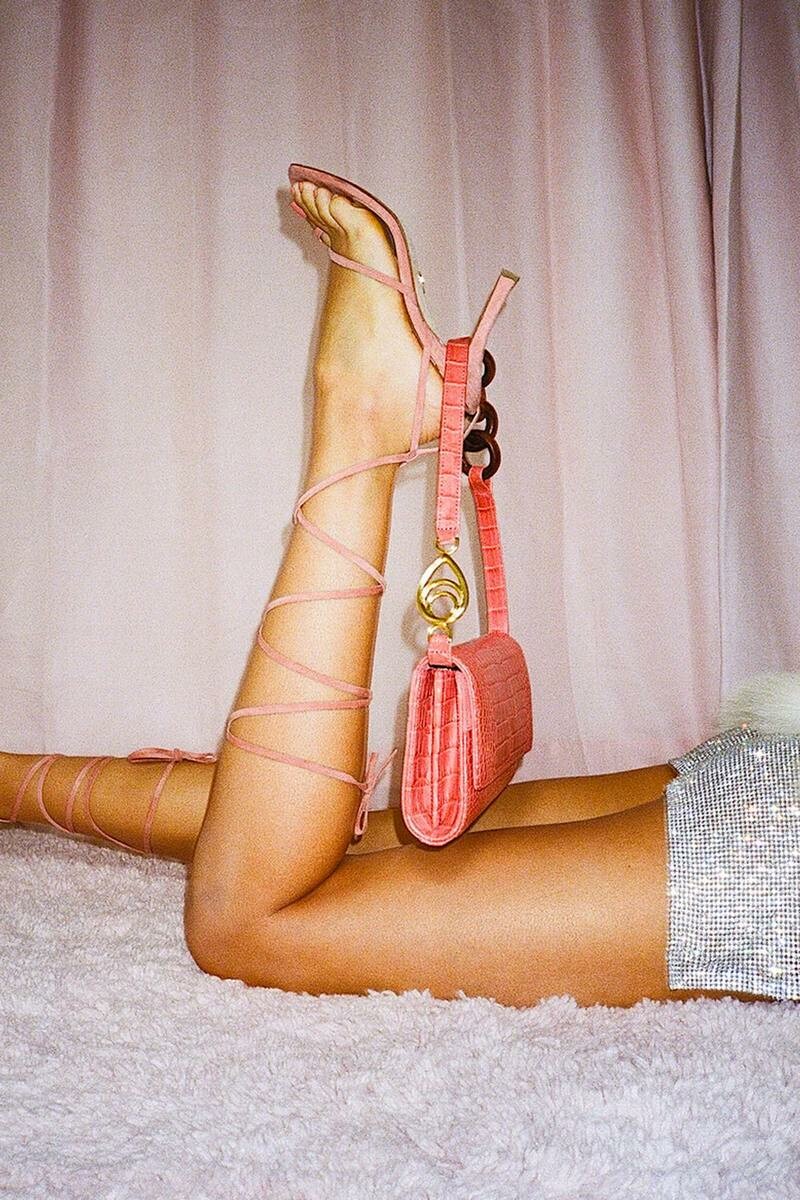
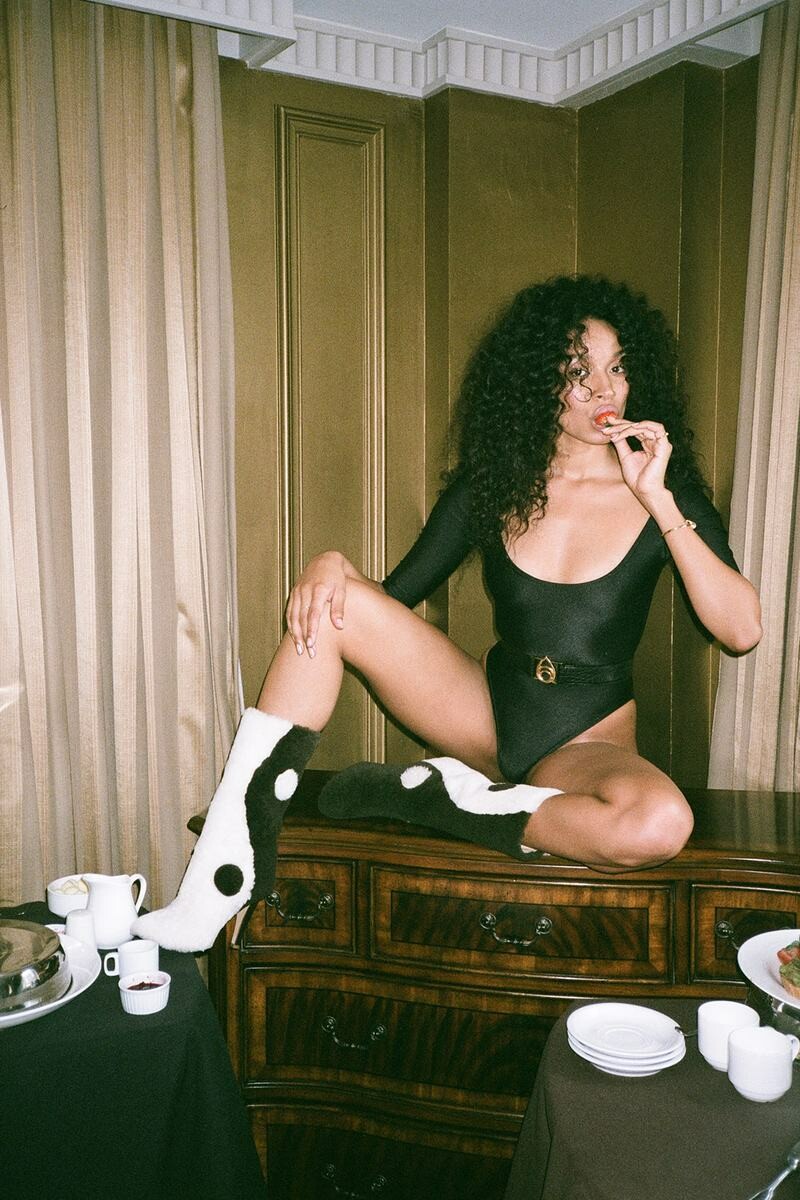
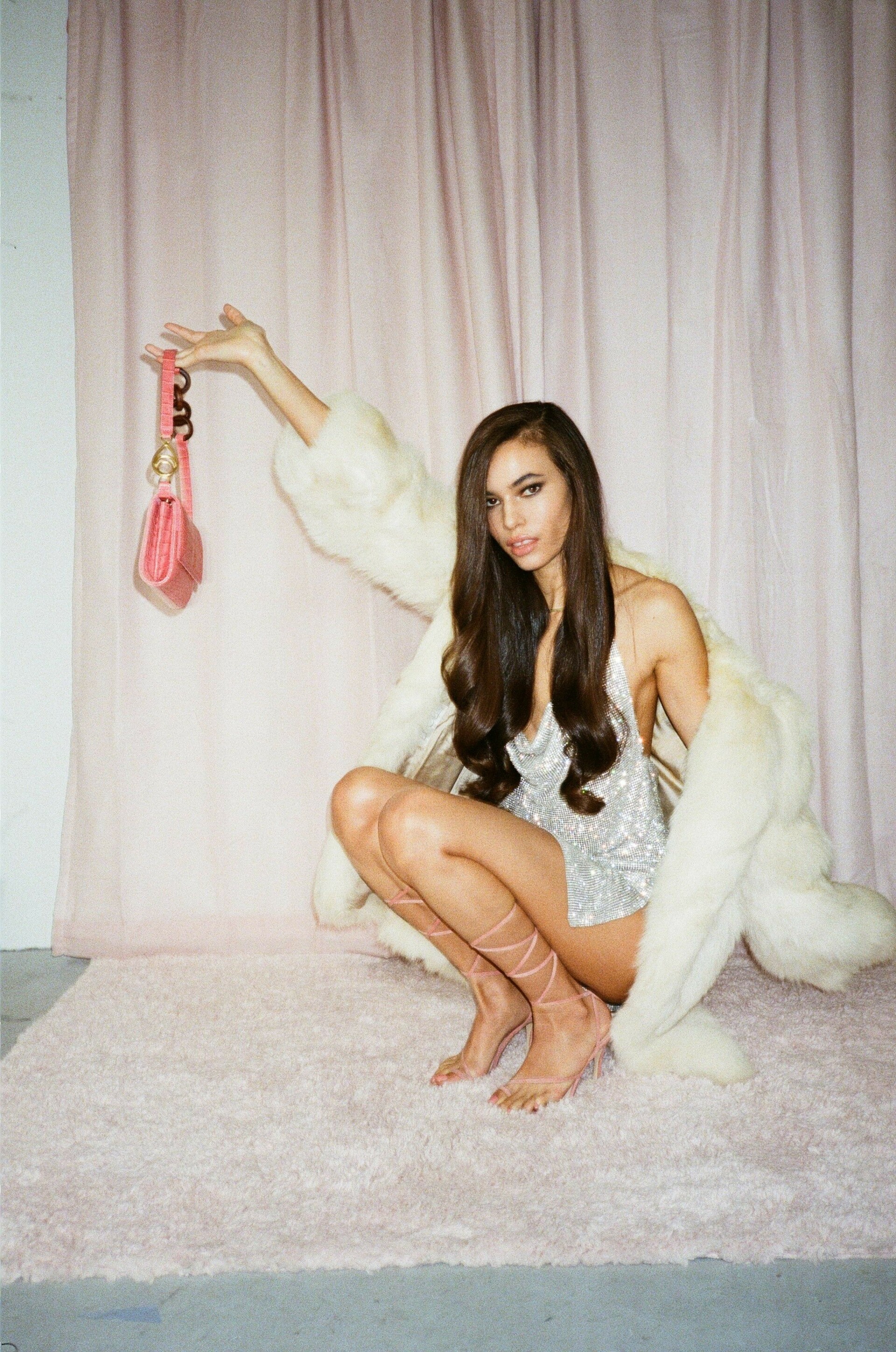
Natasha Zinko
Free-spirited femininity composed of deadstock fabrics, tartan, tulle, and leathers is Natasha Zinko’s brand, and it works. The eclectic collections of Zinko have made waves in the industry. From the ragtag brightly coloured Spring 2020 collections to the Marie Antoinette-derived Fall 2021 collection, Zinko’s designs are hard to define and yet addictive to look at. A previous law student turned Jewellery maker turned Fashion designer, Zinko’s collections often take inspiration from her home country, Ukraine as well as Pretty Woman, Lady Diana, and a make-do-and-mend attitude. Zinko’s fashion inspiration comes from Rei Kawakubo, Lady Diana, and Azzedine Alaia. This blend of hugely alternative styles really defines Zinko’s collections. Minimalism is non-existent in Zinko’s designs, as folkloric patterns, bold silhouettes, and historical periods all blend into one. The Spring 2020 collection featured multi-coloured vintage bandanas and explored gender fluidity alongside sustainability (the collection was partially made up of recycled materials). Ever the progressive, Zinko has even worked with local authorities in her hometown of Odessa to create and distribute recycling facilities. Though all of Zinko’s designs deserve a thorough gaze and analysis, highlights include the patchwork ruffled denim suit from the Fall 2021 collection and the asymmetric ruffled vintage handkerchief dress from Spring 2020.
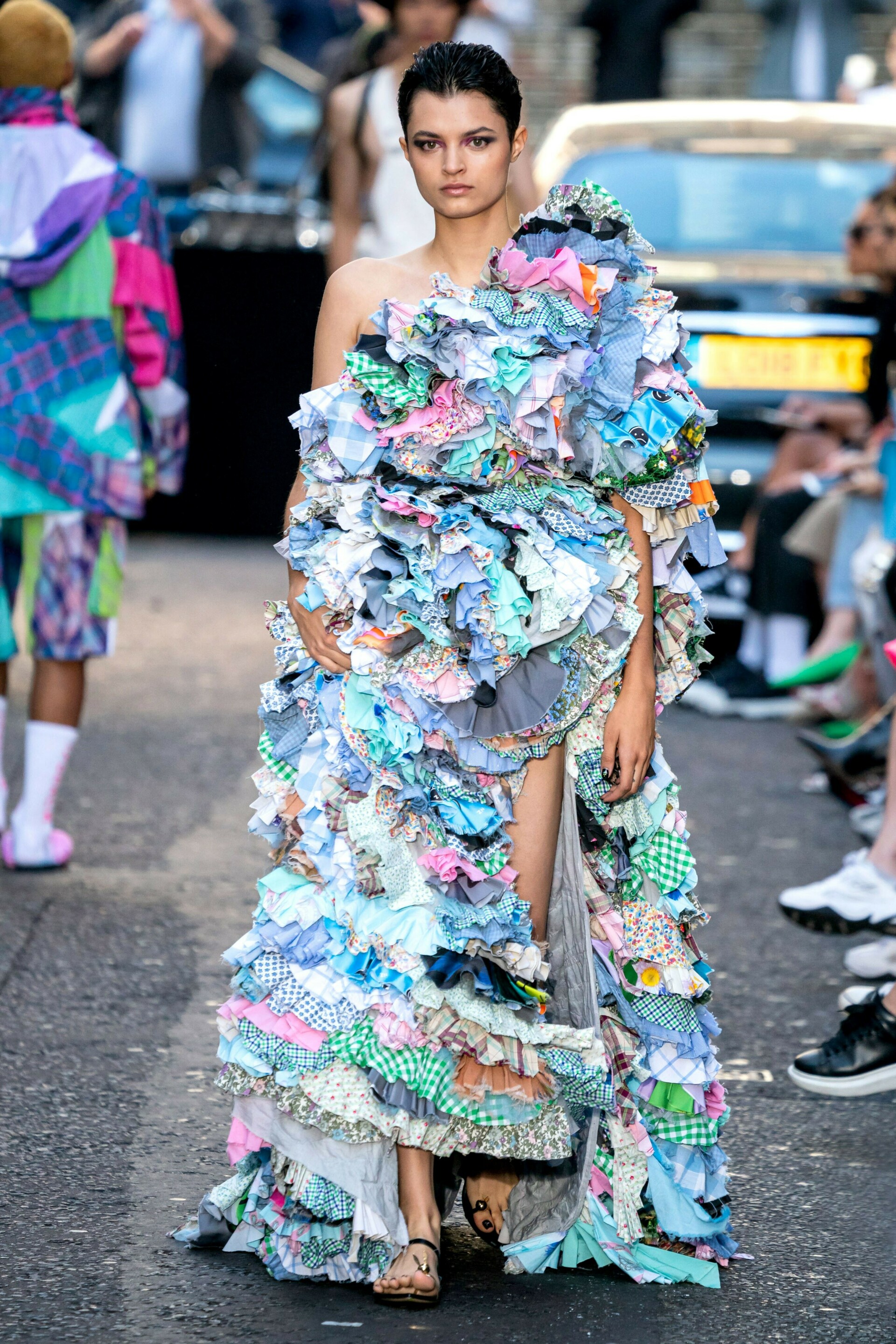

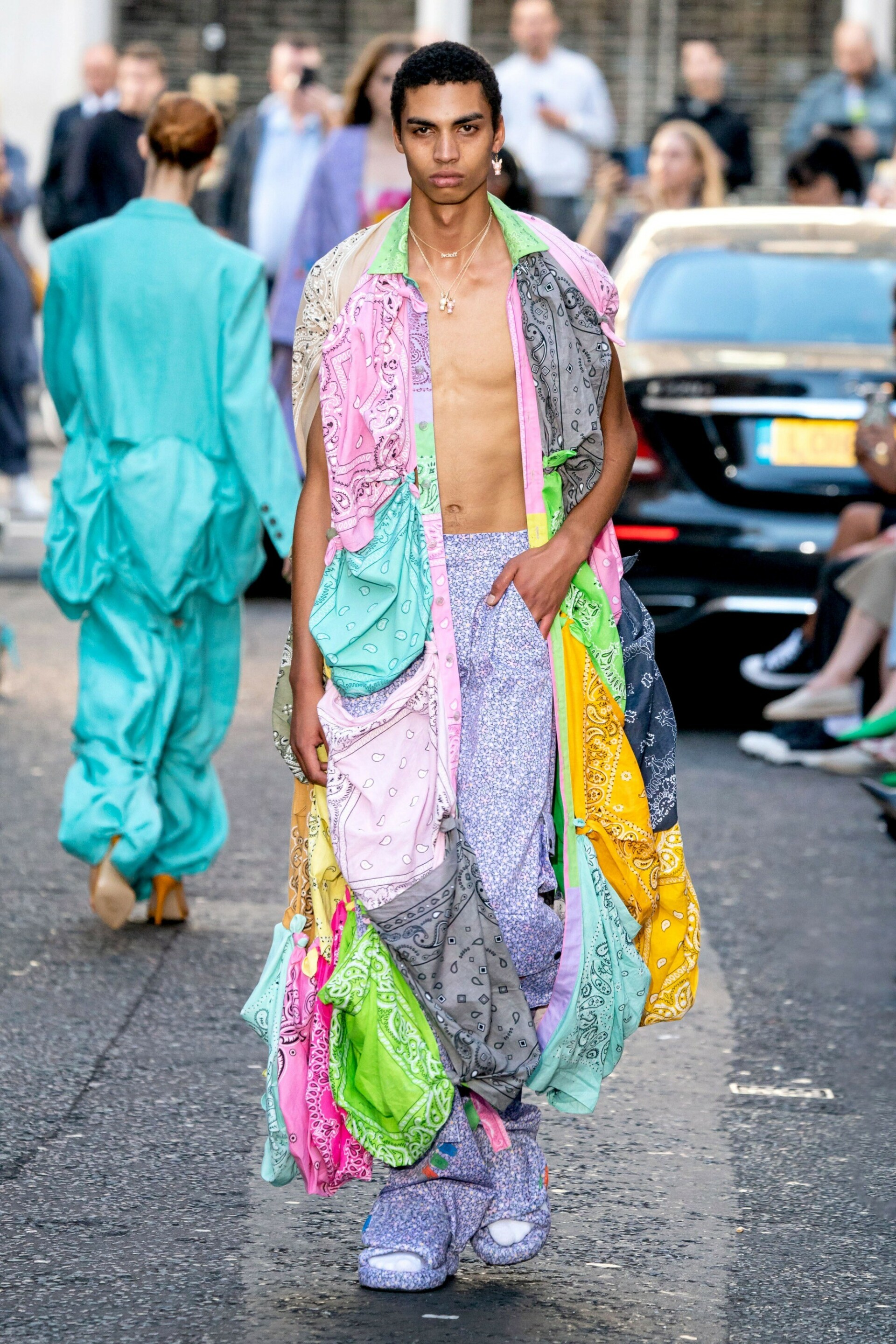
Simone Rocha
Victorian romance, Perspex furniture, and femininity all come to mind when discussing Simone Rocha. The Irish International designer made waves in the industry as early as her graduation. Rocha launched her graduate collection at the Tate Modern and in London Fashion Week in 2010. Since then, Rocha’s journey has been anything but quiet. Rocha’s designs, in all their amorous and eldritch femininity have consistently walked in Fashion Week and have on multiple occasions attracted awards and accolades for Rocha. The collections have caught the eye of renowned retailers, such as the Dover Street Market, Matchesfashion, Ikram, I.T, Bergdorf Goodman, and Saks Fifth Avenue. In addition, Rocha has picked up various awards such as the British Fashion Awards ‘Emerging Talent, Ready-to-Wear’ in 2013 and the Fashion Award’s ‘British Womenswear Designer Award’ in 2016 – to name a few. It is unsurprising that Simone Rocha has caught the attention of many in the industry, however. Rocha’s designs are often influenced by literature (among many other things), nature, and history. For us, a creation by Rocha that effortlessly captures the essence of Rocha’s brand – a window display in Rocha’s Mount Street London store in 2015 named ‘Flowers and Cars’. The display featured a car completely filled with flowers – a perfect allegory of the manufactured meets mother nature trope that Rocha’s designs so heavily exude.
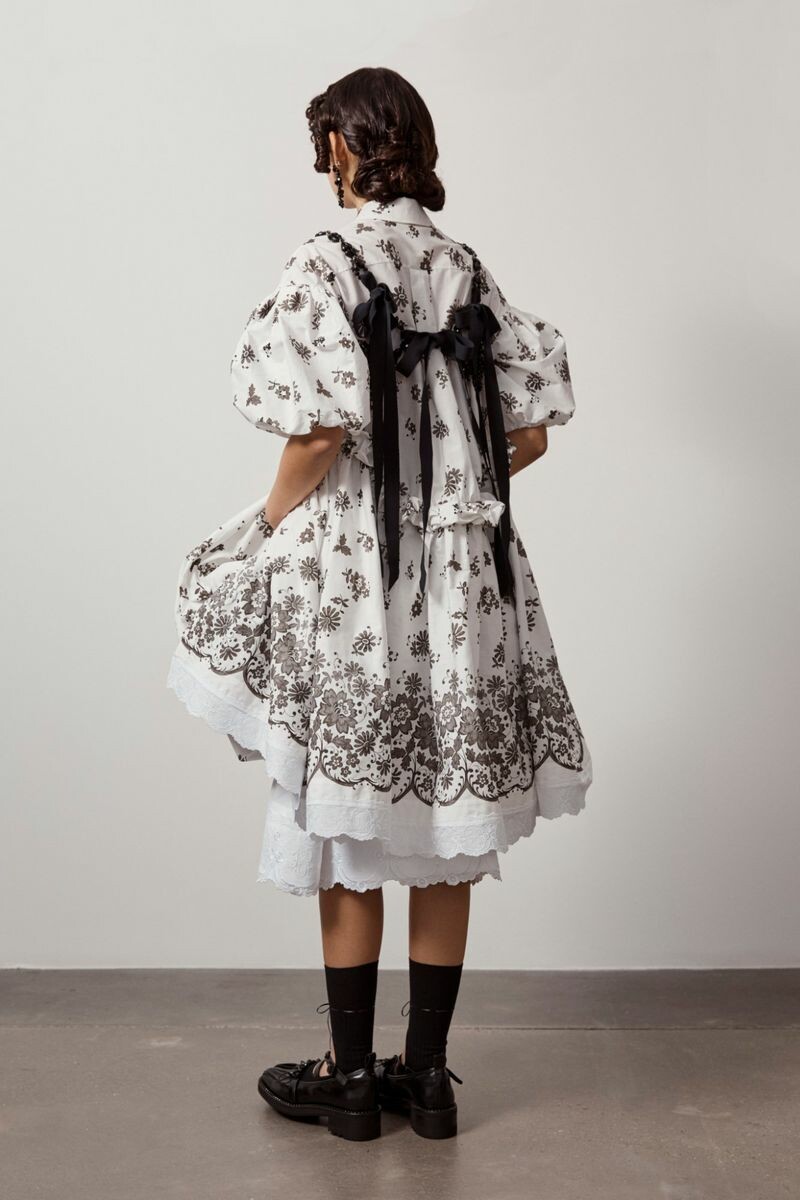
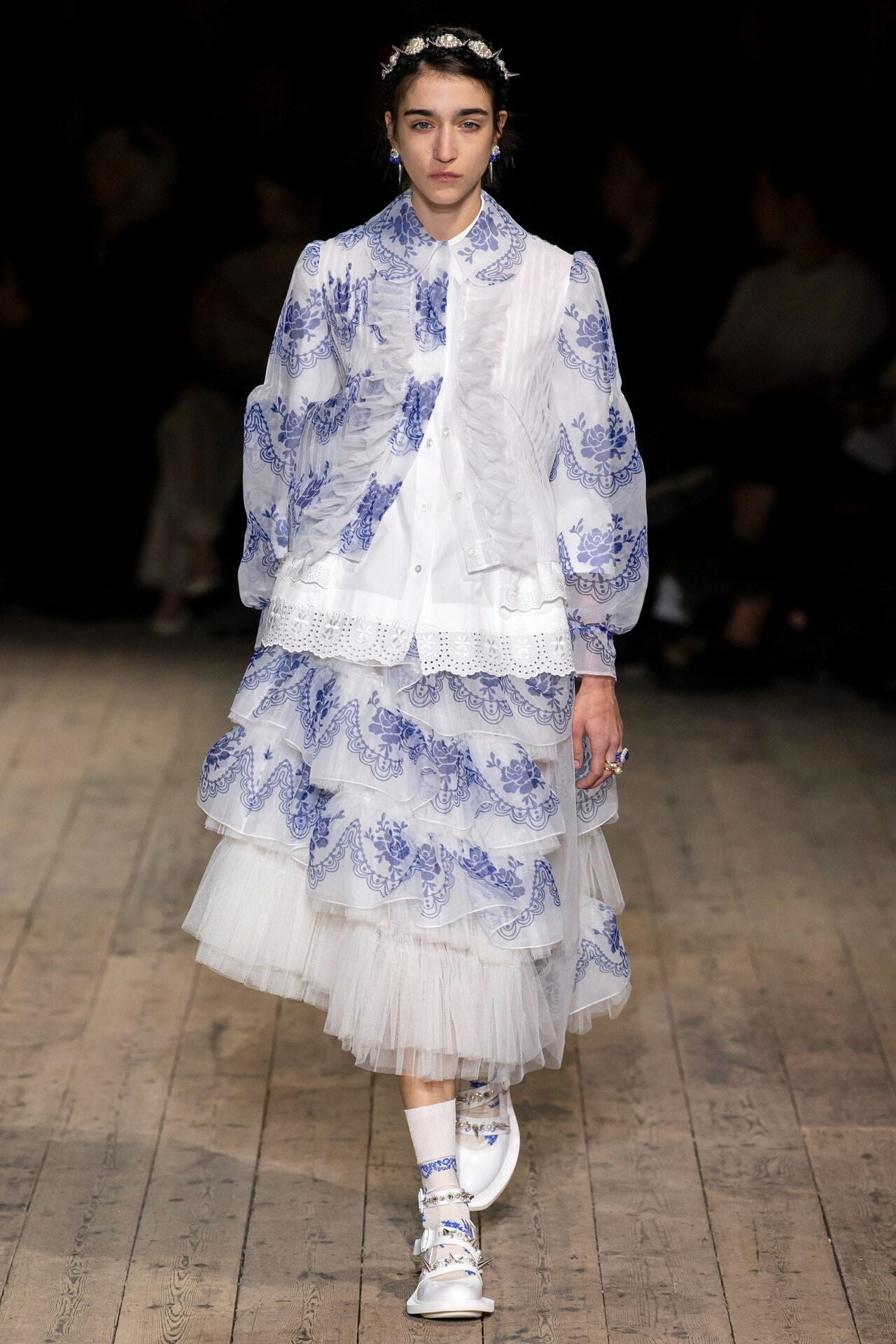
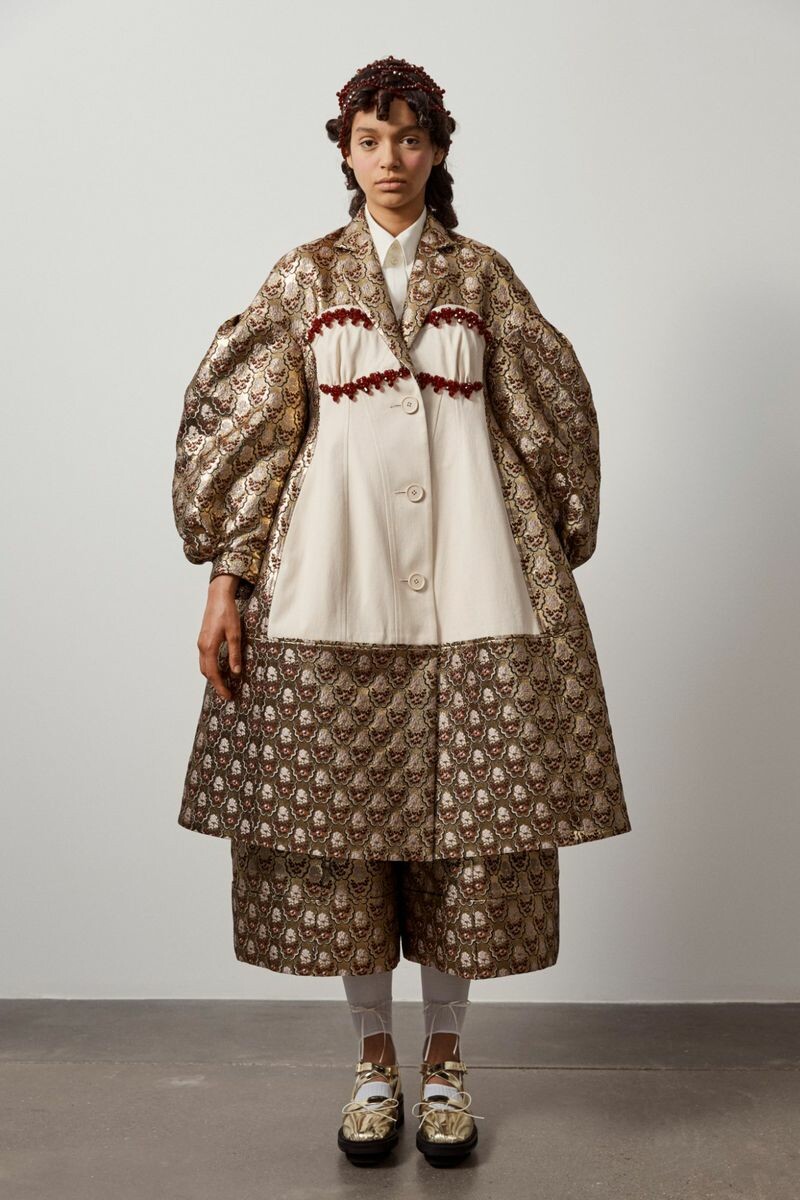
Vivienne Westwood
It would be hard to compile a list of influential women designers in the industry and not mention Vivienne Westwood. A designer whose work remains just as impactful today as it was in the 70s, the punk fashion architect has always produced collections that are an artistic expression of her own values. In the late ‘60s, Westwood and Malcolm McLaren were fascinated by ‘50s clothing and culture and combining it with youth rebellion. It’s fair to say that this element has always had a quiet presence in Westwood’s designs. In the ‘70s, Westwood turned her attention to leather, zips, studs, and biker style designs. Westwood’s inspiration and creations continued to evolve, summarised with the transition from the iconic ‘80s ‘Pirate Collection’ with all of its romantic undertones to the late ‘80s early ‘90s Harris Tweed collections inspired by the ‘Tatler’ girls, and finally to the 2000s collections which focused on the dimensions of the fabric itself, rather than historicism. Westwood’s political and social activism has always been prevalent in both her designs and personal life, from an ambassador for clean energy for Trillion Fund to PETA ad campaigns to Tatler front covers emblazoned ‘This Woman was once a Punk’ whilst dressed as Margaret Thatcher. Whilst there are too many highlights to cover, the cheesecloth t-shirt with ‘Destroy’ printed across the front that Westwood herself sported in the ‘70s during the punk renaissance will forever be engrained in our minds.
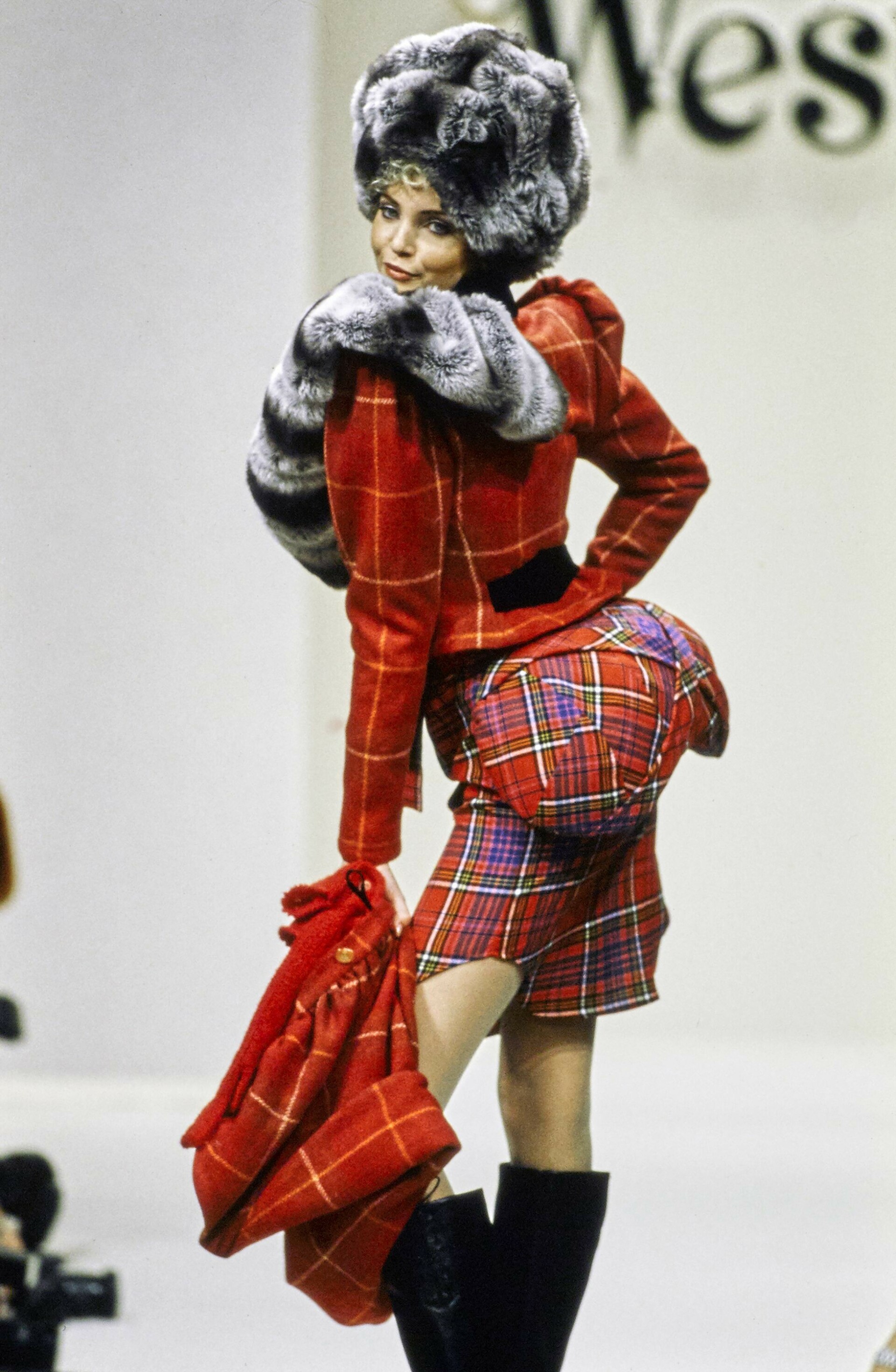
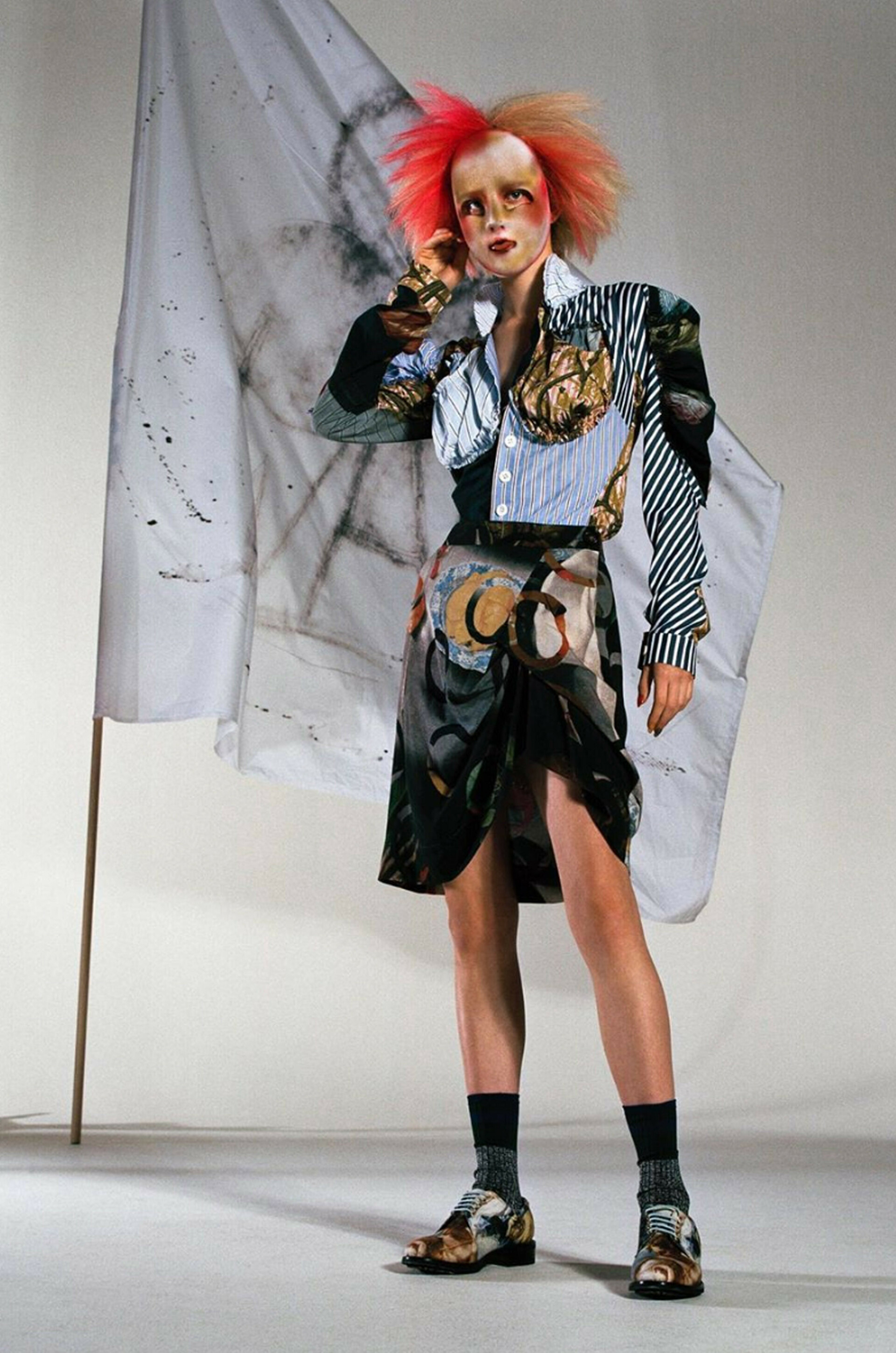
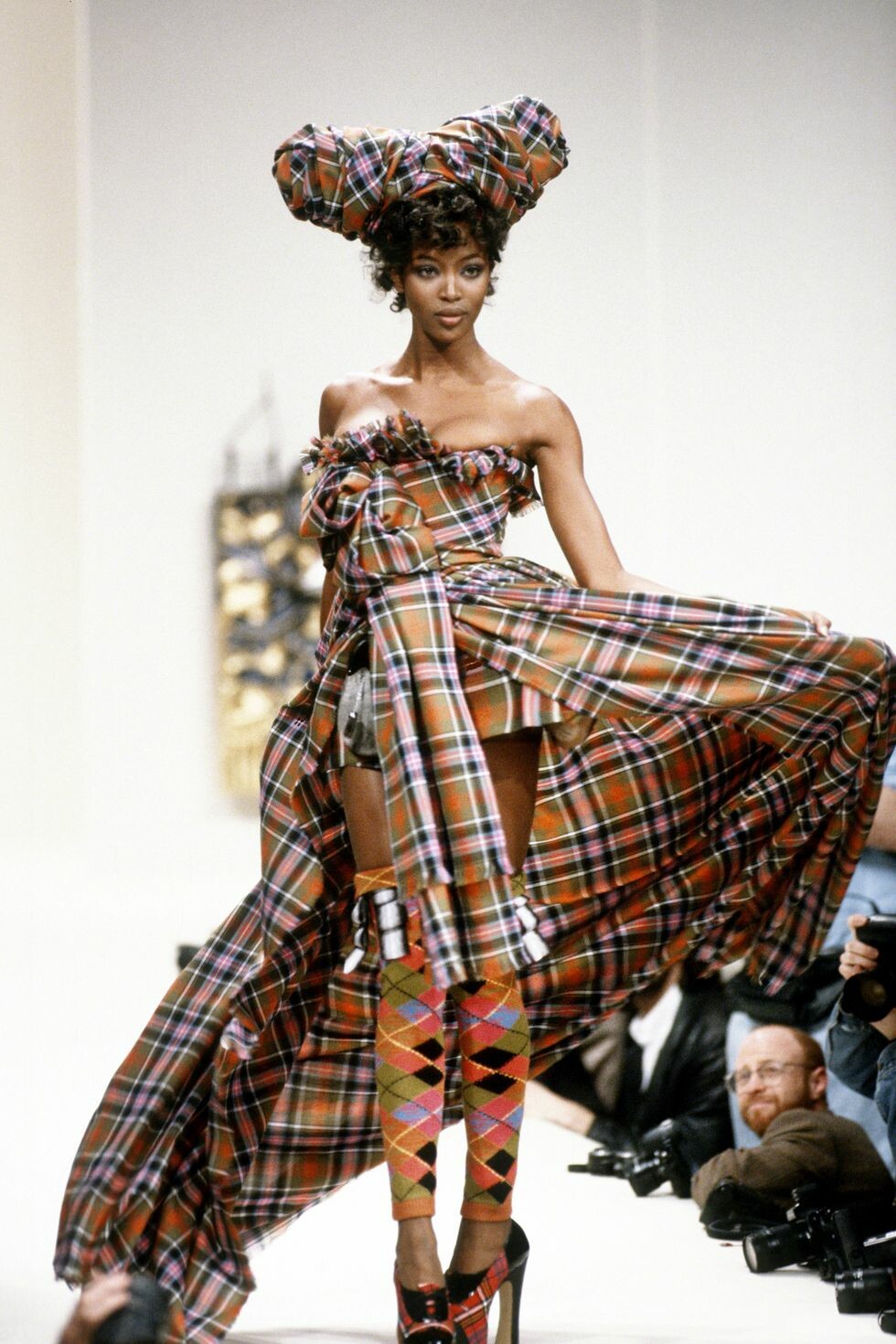
Words By Megan Selway, Graphics By Victoria Zhao


